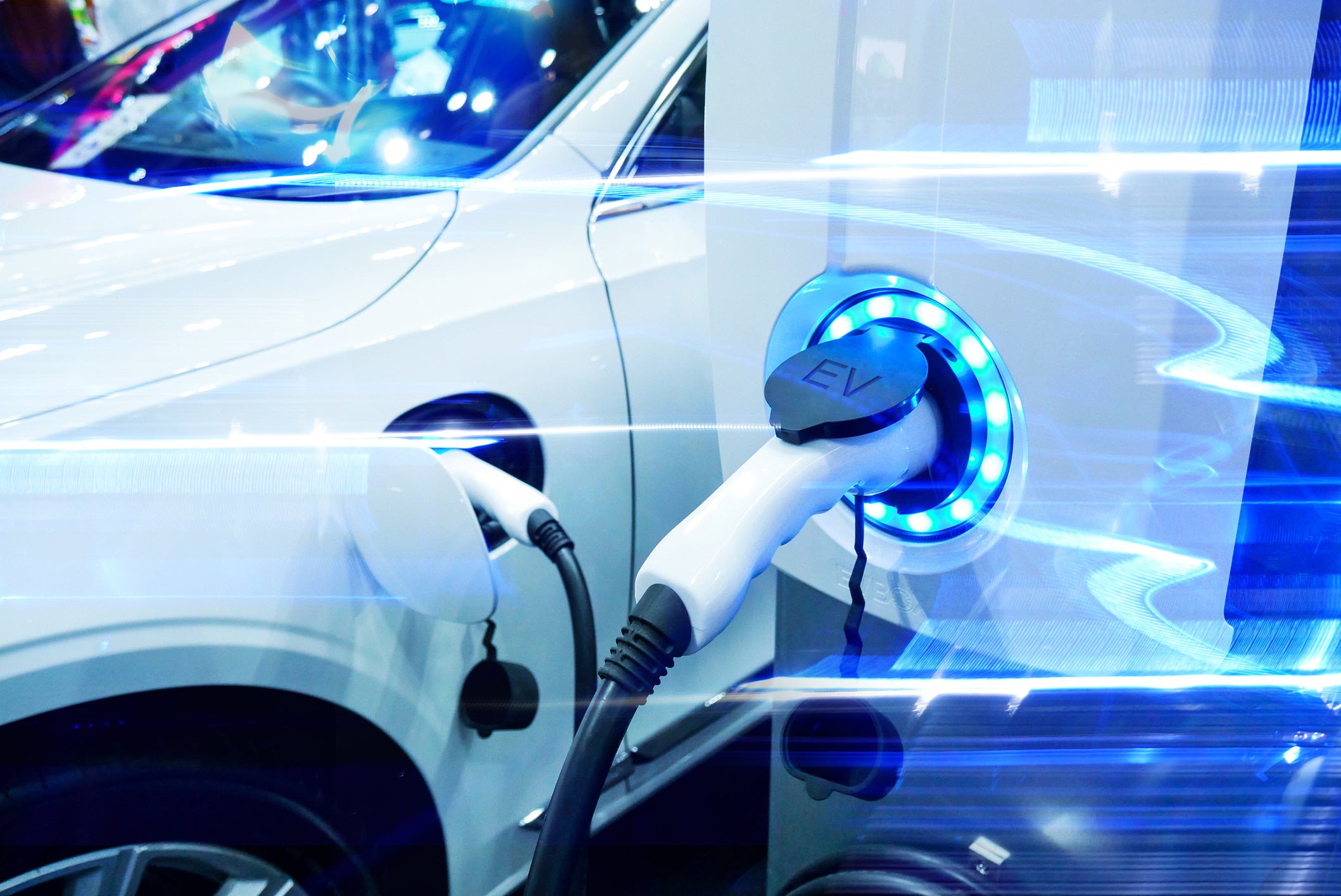The world of transportation is undergoing a significant transformation as electric vehicles (EVs) gain popularity and prominence. With their promise of reduced emissions, increased energy efficiency, and a quieter driving experience, EVs are revolutionizing the way we think about transportation.
In this article, we will delve into the world of electric vehicles, exploring their environmental benefits, the different types of EVs available, the advantages they offer, and the challenges they face. So get ready to embark on an electrifying journey and discover the potential of EVs.
Table of Contents
Environmental Benefits
One of the most compelling reasons to embrace electric vehicles is their positive impact on the environment. By reducing or eliminating tailpipe emissions, EVs contribute to improved air quality and reduced pollution. They play a crucial role in the global efforts to combat climate change by reducing greenhouse gas emissions, as they can be powered by renewable energy sources. Transitioning from conventional gasoline-powered vehicles to electric vehicles helps decrease our dependence on fossil fuels and move towards a more sustainable and cleaner future.
Types of Electric Vehicles
Electric vehicles come in different forms to cater to various needs and preferences. Battery Electric Vehicles (BEVs) run solely on electricity and have no internal combustion engine. Plug-in Hybrid Electric Vehicles (PHEVs) combine an electric motor with an internal combustion engine, offering flexibility and extended range. Hybrid Electric Vehicles (HEVs) feature both an electric motor and an internal combustion engine, but they primarily rely on the combustion engine for power. Each type has its advantages and considerations, and choosing the right one depends on factors such as driving habits, range requirements, and charging infrastructure availability.
Advantages of Electric Vehicles
Electric vehicles offer several advantages over traditional gasoline-powered cars. One significant advantage is lower operating costs. The cost of electricity is generally lower than the cost of gasoline, resulting in potential savings for EV owners. Additionally, electric motors are more energy-efficient than internal combustion engines, allowing EVs to convert a higher percentage of energy into forward motion. The regenerative braking feature also helps to maximize energy efficiency by capturing and storing energy that is typically lost during braking in traditional vehicles. Furthermore, the smooth and quiet driving experience of electric vehicles provides enhanced comfort and reduces noise pollution.
Charging Infrastructure
To support the widespread adoption of electric vehicles, a robust charging infrastructure is essential. Home charging is the most convenient and cost-effective option for many EV owners, allowing them to charge their vehicles overnight. Public charging stations are also increasingly available in various locations such as shopping centers, workplaces, and public parking areas. Fast-charging stations are particularly useful for long-distance travel, as they can recharge an EV’s battery to a significant level in a short amount of time. As the demand for electric vehicles grows, the expansion of charging networks, including the installation of EV charging stations at residential and commercial properties in Indiana, will continue to improve accessibility and convenience.
Range and Battery Life
Range anxiety, or the fear of running out of battery power before reaching a charging station, has been a concern for some prospective EV owners. However, advancements in battery technology have significantly improved the range of electric vehicles, allowing them to travel longer distances on a single charge. Factors such as driving habits, weather conditions, and vehicle speed can affect the range of an EV. Additionally, there are strategies to maximize range, such as driving in eco mode, using regenerative braking, and pre-conditioning the vehicle. Understanding these factors and adopting efficient driving habits can help drivers make the most of their EV’s range. Battery life is another important consideration, and proper care and maintenance can help prolong the life of an EV’s battery.
Government Incentives and Policies
Governments around the world are implementing various incentives and policies to promote the adoption of electric vehicles. These can include financial incentives, such as tax credits or rebates, to make EVs more affordable for consumers. Other supportive policies include grants for charging infrastructure development, preferential parking and access to restricted areas, and exemptions from certain fees or restrictions. Such measures aim to encourage the transition to cleaner transportation options and contribute to the reduction of greenhouse gas emissions. Keeping up with government incentives and policies can help potential EV buyers make informed decisions and take advantage of available benefits.

Overcoming Challenges
While electric vehicles offer numerous benefits, they also face some challenges. One challenge is the limited charging infrastructure, especially in certain areas where charging stations are less prevalent. However, efforts are underway to expand the charging network and improve accessibility for EV owners. Another challenge is addressing range anxiety, particularly for long-distance travel. As the range of electric vehicles continues to improve and fast-charging infrastructure becomes more widespread, range anxiety will become less of a concern. Additionally, battery recycling and disposal are important considerations to ensure the sustainability and responsible management of EV batteries.
Electric Vehicle Models and Brands
The market for electric vehicles is growing rapidly, with an increasing number of models and brands entering the scene. From compact cars to SUVs and luxury vehicles, there are electric options available for various lifestyles and preferences. Leading automakers are investing heavily in electric vehicle technology and innovation, driving competition and pushing the boundaries of EV performance, range, and design. Some popular electric vehicle brands include Tesla, Nissan, Chevrolet, BMW, and Audi. Exploring the different models and brands can help potential EV buyers find the right fit for their needs and preferences.
Conclusion
As we journey into a more sustainable future, electric vehicles play a crucial role in reducing emissions, improving air quality, and advancing clean transportation. The environmental benefits, lower operating costs, and technological advancements make electric vehicles an attractive and viable option for drivers worldwide. With ongoing developments in charging infrastructure, battery technology, and government support, the future of electric vehicles looks promising. So, whether you’re considering making the switch to an electric vehicle or simply curious about the world of EVs, embracing this electrifying revolution can contribute to a greener and more sustainable transportation system. Get charged up and be part of the movement toward a cleaner and brighter future.








